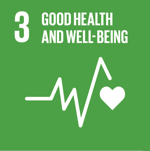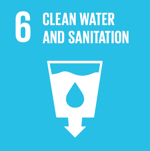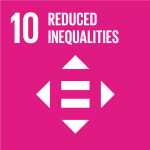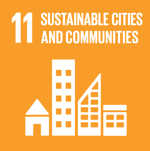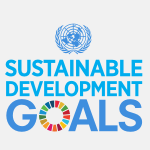Life Below Water
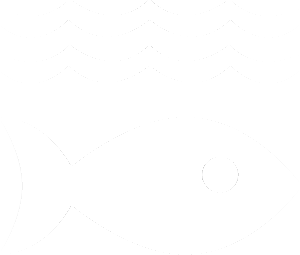

SDG 14-Ridding the Rivers of Waste
They seem to have a lower profile than the “blue lung” Mediterranean, and the “lowest point on earth” Dead Sea, but Israel’s rivers and streams are no less important for the overall heath of this country. For a tiny country, Israel boasts a wealth of beautiful rivers and streams. Sixteen of its main rivers flow into the Mediterranean Sea and fifteen flow into the Jordan River and Sea of Galille. At one time they all supported thriving ecosystems of flora and fauna. In recent years however, they have been plagued with deterioration and depletion due to a growing population that used its rivers for drinking and agricultural irrigation, as well as sewage disposal. Animals that once depended on the rivers’ waters fled, and plants dried up and withered.
More than a decade ago, the Ministry of Environmental Protection (MoEP) stepped in and began to take action to assure the revitalization and restoration of Israel’s rivers, preventing the loss of these treasures. Public and private investments in river-saving technologies — such as sewage facilities and wastewater treatment plants — have gone a long way in boosting the effort and restoring the animals’ natural habitats. Riverbanks have been rehabilitated and riverside parks have been built as well.
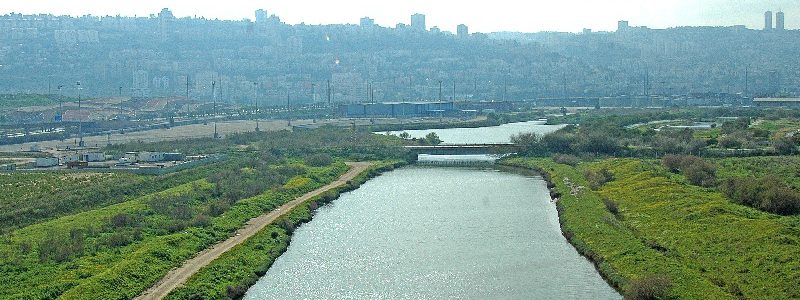

The Kishon River is one beneficiary of MoEP aid. In 1994 the MoEP established the Kishon River Authority to restore the failing health of the Kishon River’s waters. The Kishon is the second largest of Israel’s coastal rivers, running a length of 70 kilometers from the Jezreel Valley and emptying into the Mediterranean Sea in Haifa. Instead of a sparkling and gurgling example of nature’s beauty, however, the Kishon — especially its seven most downstream kilometers — has become infamous for industrial pollution and high concentrations of heavy metals that have even been linked to incidents of cancer in those who have swum in its waters.
Led by the MoEP and in cooperation with the Kishon River Authority, the Kishon Drainage Authority set to the task of dredging tens of thousands of cubic meters of contaminated sediment from the river bottom. Several years later the polluting industries and the Haifa wastewater treatment plant were required by the MoEP to apply for waste discharge permits under the Prevention of Sea Pollution by Land-Based Sources Law. In addition, they could no longer discharge their effluents to the Kishon River with impunity.
Real legislation came into effect with the passing of Govt. Decision No. 969, which was a master plan for the restoration of the river. The main objectives of the plan were: a clean and flowing river that acts as a lever for economic development; the reduction of flooding risk and damage; and the construction of a metropolitan park facing the river. Not more than a year after the plan was approved, pollution from industrial plants had already been reduced by 90%, and fish, birds, turtles and vegetation that had been all but lost began to return to the river.
Several years later, however, a main provision of the master plan was still unfulfilled, namely the need to remove the contaminated sediment that sat at the bottom of the riverbed. This toxic material made the rehabilitation of the river’s ecosystem and the creation of a recreational park around the river impossible. The Kishon Drainage and Rivers Authority called for expert engineers to propose a viable solution. And that they did, with finesse. An Israeli engineering company came up with a plan that involved not only dredging and removing the sediment from seven kilometers of the downstream section of the Kishon riverbed, but then dewatering the dredged sediment slurry and treating it with bioremediation before piling the treated sediment into landscaped hills in preparation for their incorporation into a public park.
This idea — also known as Govt. Decision No. 3454 — was approved with flying colors and the three-year, NIS 220 million action plan for the cleanup and rehabilitation of the Kishon River thus began in earnest. Today the Kishon Park features beautiful flora and fauna along its pedestrian paths, and green grass covering 33,000 square meters of land. Picnic areas abound and the Haifa Marina is only a stone’s throw away. A true environmental achievement-in-progress.
Related articles
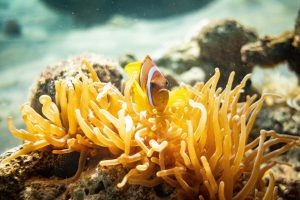

SDG 14-Status Report: Environmental Protection – Part 2
Life Below Water Read Part 1 In Part 1 of this update we focused primarily on Israel’s efforts to clean up its air. Here we’ll
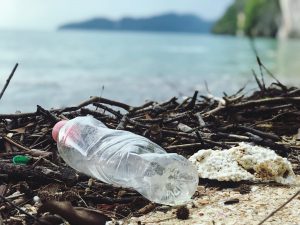

SDG 14-Disappearing Plastic ! Solutum’s remarkable innovation
Life Below Water It will be a momentous point in history when, after unwrapping the plastic off your new headphones or new top you throw
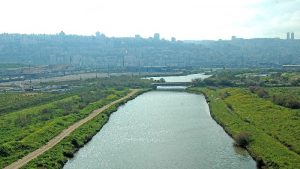

SDG 14-Ridding the Rivers of Waste
Life Below Water They seem to have a lower profile than the “blue lung” Mediterranean, and the “lowest point on earth” Dead Sea, but Israel’s



